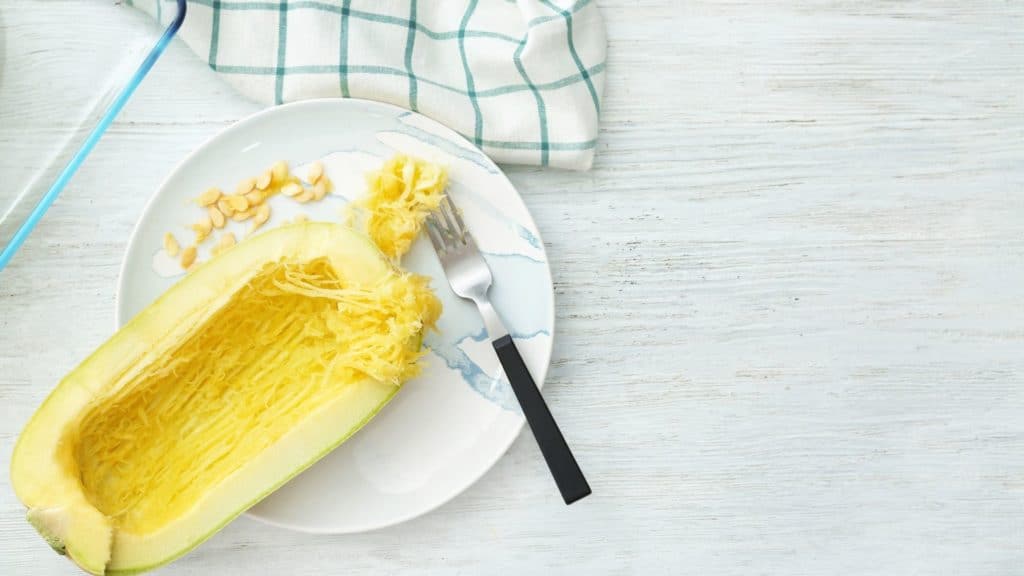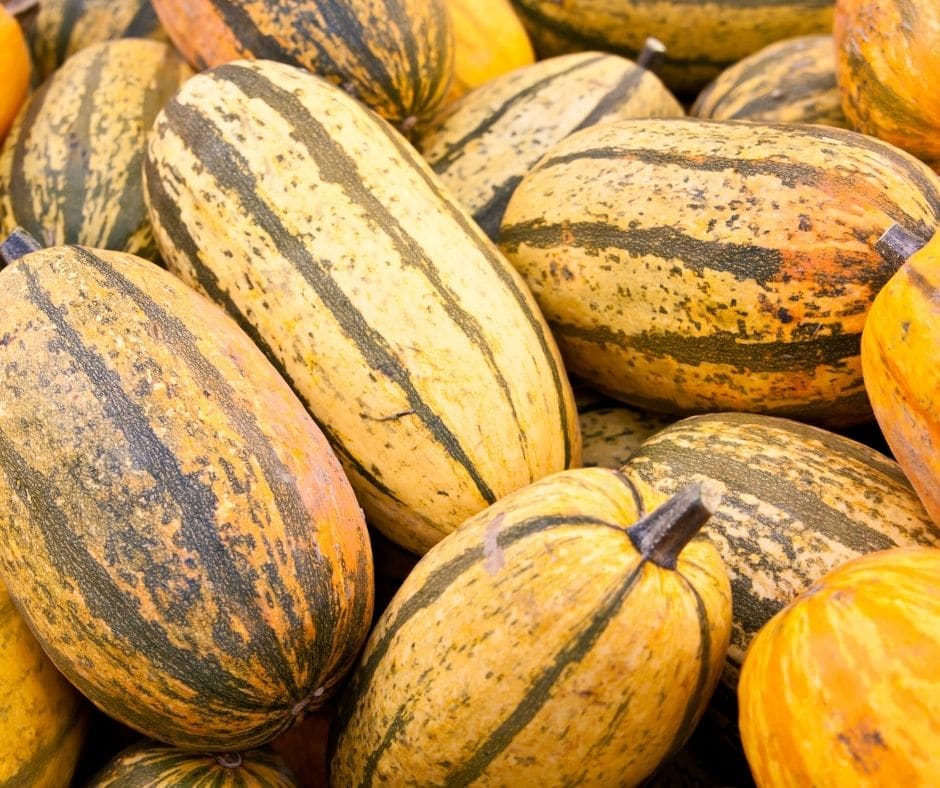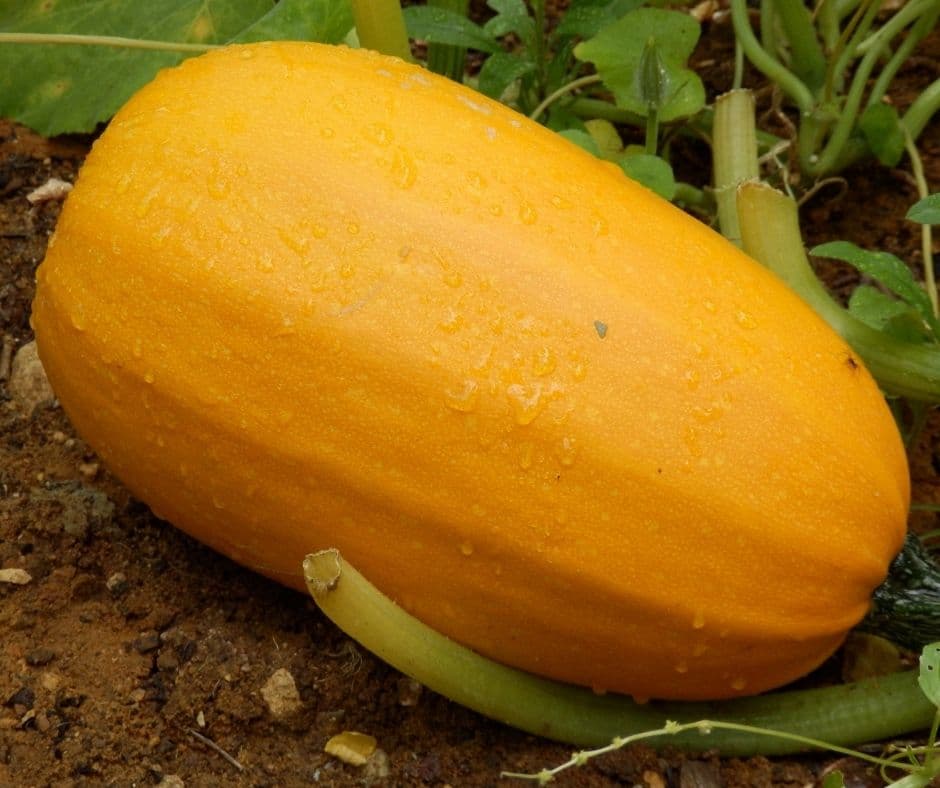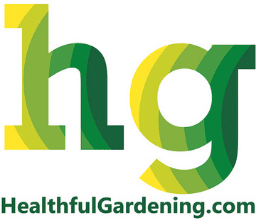
When to Harvest Spaghetti Squash
The spaghetti squash is a winter vegetable that can be harvested in the fall and stored until spring. But when should you harvest it? It’s important to know how long the spaghetti squash will take to grow and when it will be ready for harvesting so that you don’t waste your time waiting for something to happen.
Seeding And Harvesting Season
Spaghetti squash seeds should be planted outdoors in clay or sandy loam that is well-drained and fertilized. Spacing between rows should be at least 4 feet apart. Plants should be spaced about 2 – 3 feet apart within each row if using conventional spacing procedures, which means you will need a minimum of 10 square feet per plant unless they are trellised or staked. More space may be required if side-dressing with fertilizer is planned during the growing season.
Lettuce, radishes, and spinach make an excellent intercrop when space allows.
Spaghetti squash takes around 100 to 110 days to be ready for harvesting, but it’s necessary that you wait until the first frost has fallen before you start your spaghetti squash harvest.
The spaghetti squash is a type of winter squash, which means it stores well in cool dry cellars or other storage areas that are also dark and dry. Storing spaghetti squashes too early will cause them to rot instead.
Once spaghetti squash vines have died back during the Fall, you can pick up all leaves surrounding the fruits so as to expose spaghetti squash fruits to direct sunlight when they are mature enough for picking.
You may choose not to cut spaghetti squashes from their vines if they are still greenish yellow because these immature spaghetti squashes are very useful for spaghetti squash recipes that are prepared when the spaghetti squash is still green.
The spaghetti squash will look ripe once its skin has turned yellowish, hence it may appear to be mature enough for harvesting even if it’s not. Therefore, you need to wait another week or two before you can start picking spaghetti squashes from their vines.
When spaghetti squash fruits feel hard yet slightly yielding, they are ready to be harvested.
Please note that some spaghetti squash varieties may require additional time after maturity to become fully mature and sweet at harvest. If this is the case with your variety of spaghetti squash plants, then check on them every couple of weeks until all fruits have reached the best quality before harvest finally begins.
When ready to harvest, cut the vine off near the soil with a garden knife.

When Should Spaghetti Squash Be Harvested?
– When spaghetti squash is grown in a container, harvest when it reaches 10 inches in diameter.
– Harvest spaghetti squash when the stem starts to turn brown and dry. Wait until after a light frost or two has passed before harvesting spaghetti squash that is not grown in containers.
Once spaghetti squash has been harvested, it can be kept through winter if you put it away properly. Ideally, spaghetti squash should be stored at around 40 degrees Fahrenheit at 95% humidity with very good air circulation.
Some people keep their spaghetti squash in a basement or garage, though basements are usually too humid for long-term storage of spaghetti squash (the rind will soften).
To store spaghetti squash outdoors during winter, some people use plastic bins with holes drilled in the bottom for drainage. To store spaghetti squash indoors, it’s common to use paper bags with holes in them (to let air circulate) or plastic produce bags (with no holes).
Squash Color
When Growing spaghetti squash, you’ll observe that the rind changes color as it matures. When spaghetti squash is young (for instance, when harvested for the first time), it will be pale green or cream-colored with some light striping. As spaghetti squash continues to mature (after three days or so), it will develop more vivid striping and turn a deeper yellow-green color. Eventually, spaghetti squash will mature into an orange-yellow color with heavy dark green striping. This is how spaghetti squash should look when ready to harvest.
Why is my spaghetti squash turning brown?
If your spaghetti squash has turned slightly brown on the outside despite being ripe, this is often due to environmental conditions rather than any sort of issue with the spaghetti squash itself. Brown spaghetti squash, for instance, is often due to the spaghetti squash being exposed to too much sunlight while it’s ripening.
Skin Texture
Like other orange squash, spaghetti squash is a tender-shelled one. The skin of spaghetti squash becomes hard when it matures. This happens before spaghetti squash has reached full size and usually around the beginning of September or mid-September in some areas (in North America).
When harvesting spaghetti squash, make sure you give yourself enough room to carry out the process easily without interference from any growing vines or vegetation. Use gloves and/or tongs for best grip and ease during harvesting spaghetti squash.

Picking Spaghetti Squash
It’s very important that spaghetti squash is harvested while it is still young, as they tend to become tougher and woodier with age. However, if spaghetti squash does not feel ripe when picked from the vine, wait until spaghetti squash has completely yellowed and the vine has withered prior to harvesting.
Harvest spaghetti squash as close to when they are ready as possible because spaghetti squash won’t store well once harvested. Spaghetti squash can be stored for up to one month after harvest but will become soft and lose sweetness towards the end of its storage life.
When picking spaghetti squash off the ground, watch out for any dirt and debris that may have fallen into spaghetti squash’s skin because spaghetti squash fruits do not usually grow smooth like other cucurbits (such as summer squashes). If spaghetti squash is found with soil on it during harvest time, wash spaghetti squash thoroughly in a sink prior to cooking spaghetti squash.
Spaghetti Squash Types
When spaghetti squash is eaten fresh, any spaghetti squash variety will do; they are all edible. However, when spaghetti squash is stored during winter, you must choose spaghetti squash varieties that store well. It’s also important to remember that when spaghetti squash is harvested in Fall, certain winter squashes can be planted in its place so that when it is time to harvest spaghetti squash again next year, you don’t have to start over from seed.
Summary
If you’re ready to reap the rewards of spaghetti squash season, here are a few tips for harvesting. First and foremost, keep in mind that as long as your plant is healthy and producing fruit it’s time to harvest.
Second, make sure to use sharp tools so you don’t damage the flesh of the squash with an overly aggressive cut.
Finally, after cutting off both ends of the squash from one end at a 45-degree angle (think slicing a pie), twist and pull apart until there’s no resistance left – this means all strands have been separated.
